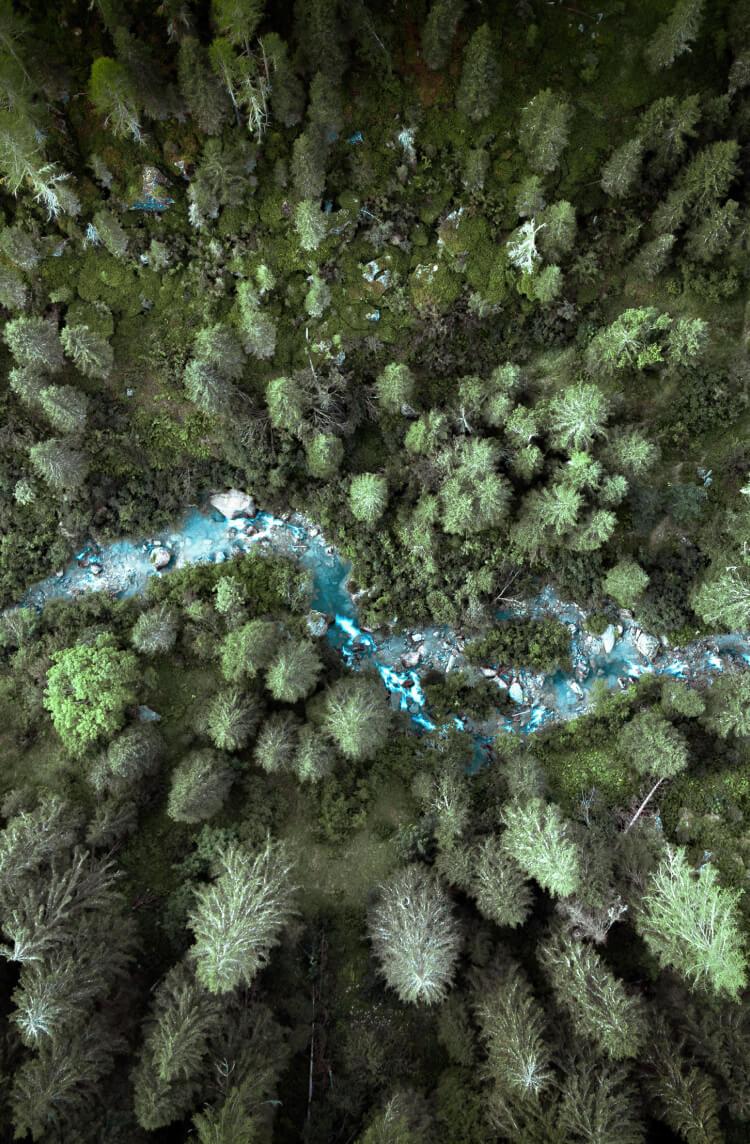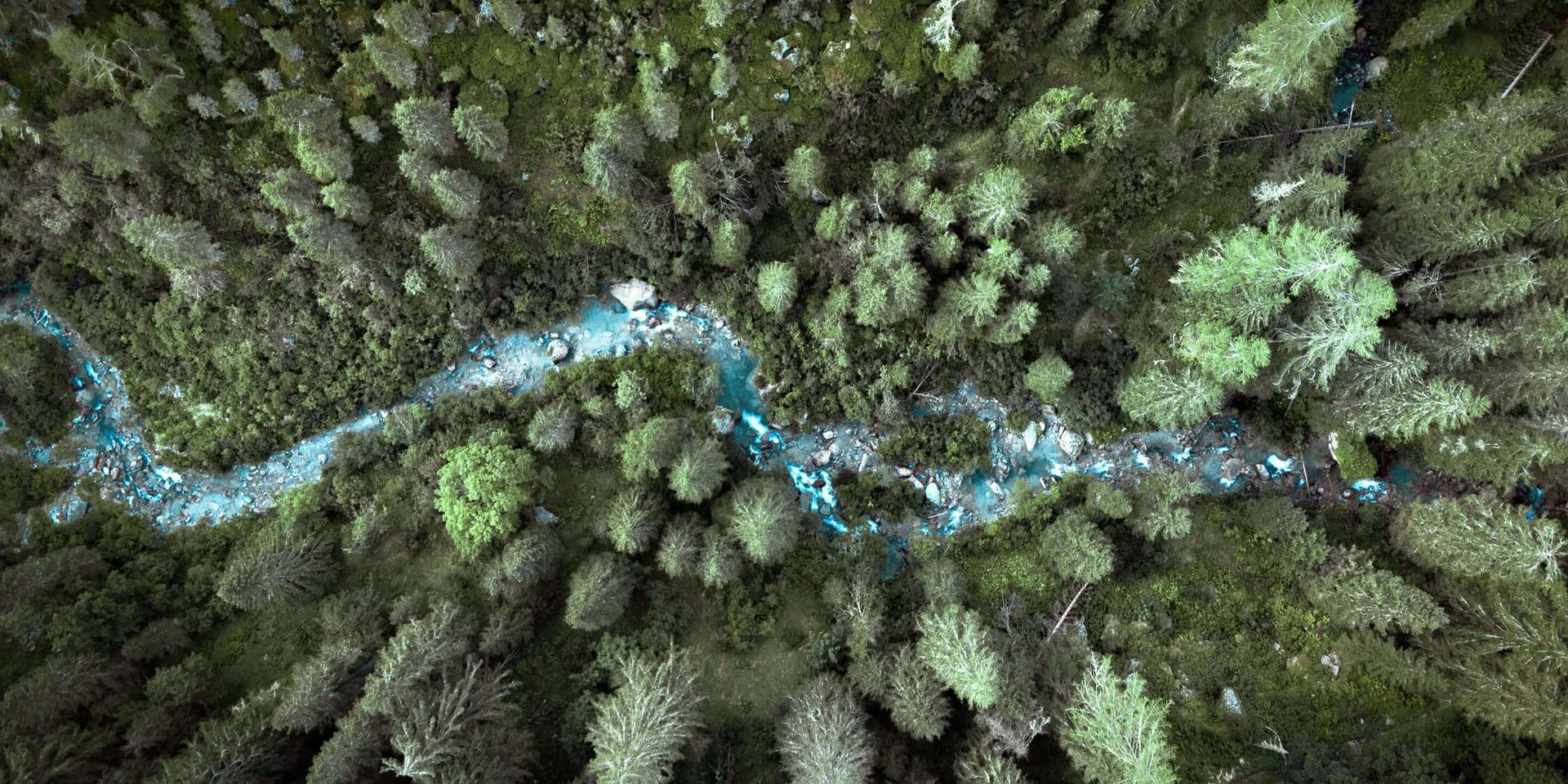Managing resources: A2A’s “modus operandi”
The Group encourages the development of sustainable technologies and the use of renewable energy, and in so doing contributes to the energy transition of territories and, at the same time, to a circular economy through the responsible use of resources. In 2023, the Cavaglià and Muggiano plants sorted 39,061 tons of plastic (including 17,137 tons of PET), slightly more than the previous year. Added to these fractions, which are ready for extrusion plants, are 46,252 tons of plasmix (mixed small-sized plastic) that was sent to specialized plants for further material recovery.
In 2023, the total urban waste collected, even in towns where the service covers only some fractions of separate collection, remained almost the same at 1,742,671 tons, and was mainly for material recovery (69.6 percent) or energy recovery (29.9 percent). A lower share of the urban waste collected went to landfills (0.5 percent).
Downstream of collection, waste is treated in specific plants depending on the fraction. In 2023, over 250,000 tons of paper, over 18,000 tons of gravel and sand, over 95,000 tons of glass, and over 40,000 tons of compost were produced as secondary raw materials at the Group's plants. Added to these materials is biomethane, the production of which began in late 2022 at the Lacchiarella and Cavaglià plants for the treatment of the organic fraction of urban solid waste (FORSU), and increased in 2023 after the revamping of the Biofor Castelleone plant.
In 2023, water consumption by the A2A Group, together with the Acinque Group, decreased by 12 percent from the previous year, totaling about 8 million m3, of which 0.1 was by Acinque Group companies.
Energy Transition and Decarbonisation: A2A’s pathway
The latest update to A2A’s Strategic Plan underlines its commitment to ecological transition in a 6-billion-euro investment plan that focuses on the electrification of consumption, development of the electricity distribution network and renewables. In the electricity distribution sector, A2A will bring about an important dimensional growth with an extraordinary operation of approx. 1.2 billion euros to acquire most of the network in the province of Milan and in part of the province of Brescia. With the transaction, the Group will acquire 17,000 kilometers of electricity network, where 800,000 PODs and 60 primary substations are located.
A2A also contributes to the country's energy transition and decarbonisation through a 4.6 billion euro investment plan for the development of a 5.7 GW RES portfolio in 2035, up by 3.1 GW over 2023, as a result of which the Group will produce more than 10 TWh of green energy by 2035.
Overall, production from renewable sources and a lower output from coal-fired plants and OCD in 2023, avoided about 3.3 million tons of CO2 emissions (including about 53,000 for the Acinque Group) and saved about 1.3 million TOE (including about 11,000 for the Acinque Group) of primary energy.
In 2023, the A2A Group increased its production of electricity from renewable sources while decreasing its production of electricity from non-renewable sources. More specifically, the contribution of coal went from 3 percent in 2022 to 2 percent in 2023, that of dense fuel oil from 11 percent to 8 percent, while the share of natural gas, which stood at 61 percent last year decreased to 48 percent, due to changing conditions in the electricity market. As for renewable sources (hydro, solar, wind, biogas, biomass, and the renewable fraction of waste), the share increased to 38 percent. What is important here is the 995 GWh increase in hydroelectric production in 2023, also due to increased rainfall, and 200 GWh of wind production, following the acquisition of new plants.


Some 2023 numbers
Scope 1 + Scope 2 emission factor
non-hazardous waste produced and sent for recovery
fuels and fuels consumed
Actions
Safeguarding biodiversity
During 2023, the potential interference of the A2A Group's activities with the network of protected areas belonging to Natura 2000 Network (SCI/SACs and SPAs), the country’s protected areas (EUAPs), wetlands included in the List of International Importance and IBAs (Important Bird and Biodiversity Area), considered important habitats for the conservation of wild bird populations, continued to be analyzed. The mapping phase showed that out of a total of 392 Group sites and networks analyzed, 168 potentially interfere with the protected areas, based not only on adjacency or overlapping criteria, but also on any vaster areas influenced. Of these, 35, or 9 percent of the total, are located within protected areas, and 13 of these are sites (one is in the planning stage) and 22 are networks (underground sections are also included).
Downstream of the mapping of plants and networks, a “significance index” was developed to measure the degree of potential interference that the activities could pose on ecosystems, due to the proximity and peculiarities of the habitats in the protected areas. In this way, the situations of greatest concern were highlighted.
Based on these results, but moving towards protection a broader sense, studies began to identify possible ways of safeguarding biodiversity that complement what has already been done at the production sites.
Projects that were started and/or continued in 2023 include:
- Project to protect birdlife in the Upper Garda Bresciano area, an activity that complements UNARETI's planned work on power lines. The initial stages of the project identified 5 target species to be monitored: Eagle Owl (Bubo bubo), Golden Eagle (Aquila chrysaetos), Peregrine Falcon (Falco peregrinus), Brown Kite (Milvus migrans) and Short-toed Eagle (Circaetus gallicus), all species particularly prone to mortality from electrocution and/or collision. The project has found an interesting synergy with power line improvements, such as burying and replacing some sections without insulation, planned by Unareti. The aim of the study is to identify the potential interference of overhead power lines on birdlife in the area being studied. The findings, which are expected in 2024, will make it possible to quantify the benefits in terms of biodiversity protection resulting from the action already taken and planned by Unareti to replace and decommission overhead lines, as well as to identify any other work to secure high risk sections of line.
- Bee Hotel installed in 2023 in the Lamarmora plant area in Brescia to help protect biodiversity and raise awareness over the priority issue of preserving pollinators, which are now at risk of extinction. The different varieties of apoids present in the area will be able to benefit from this facility, finding favorable conditions to nest from February/March until autumn.
Useful resources
Services


A2A S.p.A. - P.I. 11957540153
